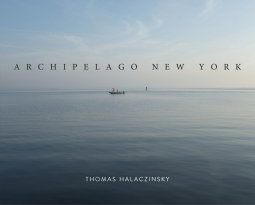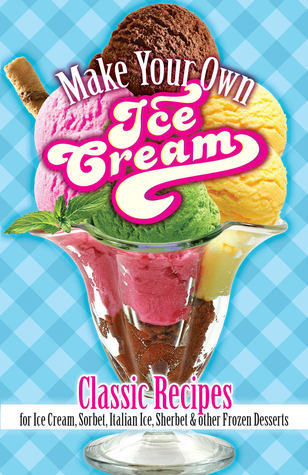Delicate Crochet: 23 Light and Pretty Designs for Shawls, Tops and More by Sharon Hernes Silverman
Light, airy pieces crocheted in fine yarns show off the beauty of your crochet stitches and are a dream to wear! The shawls, cardigans, tops, and other designs in this collection are light as a feather, super soft, and made to drape beautifully across your body. These lacy pieces are fun to crochet and very versatile. Change up the yarns to create looks for day or night, work or play, city or suburbs. Pattern contributors include Kristin Omdahl, Robyn Chachula, Marty Miller, Amy Solovay, Vashti Braha, and others known for their innovative, gorgeous crochet designs. Each of the 23 patterns includes full written instructions and charts as needed. All special stitches are fully explained and skill levels range from easy to advanced.
Delicate Crochet is a well written collection of patterns, and the special stitches are well explained. I liked some of the patterns very much; the Flirt Cardigan, Lacy Sleeveless Cardigan, and Lotus Wrap were my favorites. I also liked some of the lace stitches and borders that were used elsewhere. The beadwork in the necklace pattern and the Tunisian crochet are skills that might be new to many, and are not something I have yet mastered- however only because I have not invested the time into the process. I also have to say that a lace or open crochet stitch skirt is something I never thought to make or wear, even to wear with leggings, except if one were wearing it more as a wrap or something with a dress or pants. So, at least one of the patterns was a hard no for me.
However, none of the patterns rally struck me as completely new or fresh. For crocheters that do not have access to resources like Ravelry this might be worth the investment, but for most crafters I would recommend visiting the local library to borrow this book to learn a few new stitches and try their hand at some of the patterns.




















